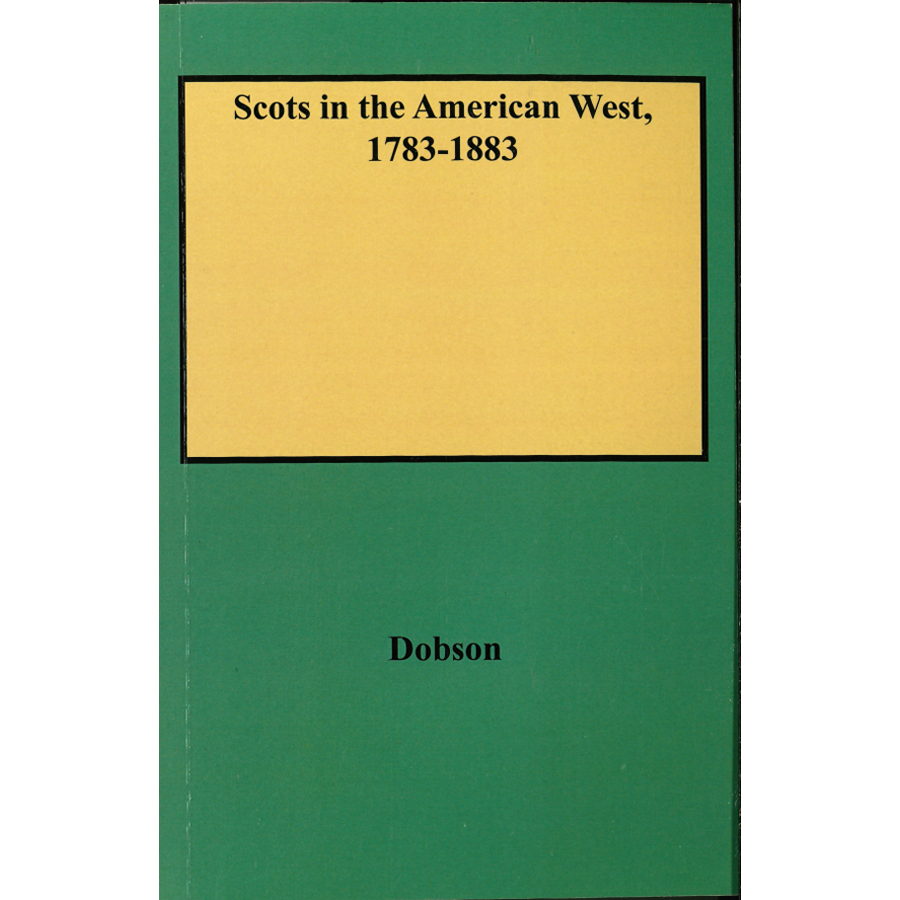Scots in the American West, 1783-1883
Couldn't load pickup availability
This publication, which is extracted almost entirely from newspapers and archival sources in Scotland, follows the settlement of Scots west of the Mississippi River during the first hundred years after American Independence. Although most of this territory was controlled by Spain in 1783, much of it came into American hands with the Louisiana Purchase of 1803, with the remainder awaiting Texas' independence and the outcome of the Mexican War. By the 1830s, Scottish companies were investing substantial capital in a range of industries, including mining, sheep and cattle ranching, railways, land and timber. In order to acquire the labor force needed to work in these endeavors, Scottish agents regularly placed ads in newspapers like the Glasgow Herald proclaiming the virtues of North America and offering land grants to persons willing to sail across the Atlantic. Scottish farmers responded to the ads because of the widespread availability of land in the West, while their tradesmen contemporaries tended to settle in the cities of the eastern and mid-western U.S. The California gold rush accelerated the immigration process. The majority of Scots emigrating to the West disembarked at Atlantic ports; however, some sailed to New Orleans and then up the Mississippi River to St. Louis; and a few even went directly to San Francisco. By 1883, Scottish immigrants and their offspring could be found in every western state and territory.
Mr. Dobson's latest book, part of a series of regional studies of Scots immigrants to the U.S., identifies about 2,000 individuals who ventured to the West. While the entries vary considerably, virtually every one provides the name of the immigrant, a date (birth, arrival, marriage, death), the state or territory of his/her residence, and the source of the information. Some of the listings give the individual's occupation, the name of a parent(s) and/or spouse, place of residence in Scotland, or more.
David Dobson
2003, paper, 178 pp.
ISBN: 9780806351988
102-9783
